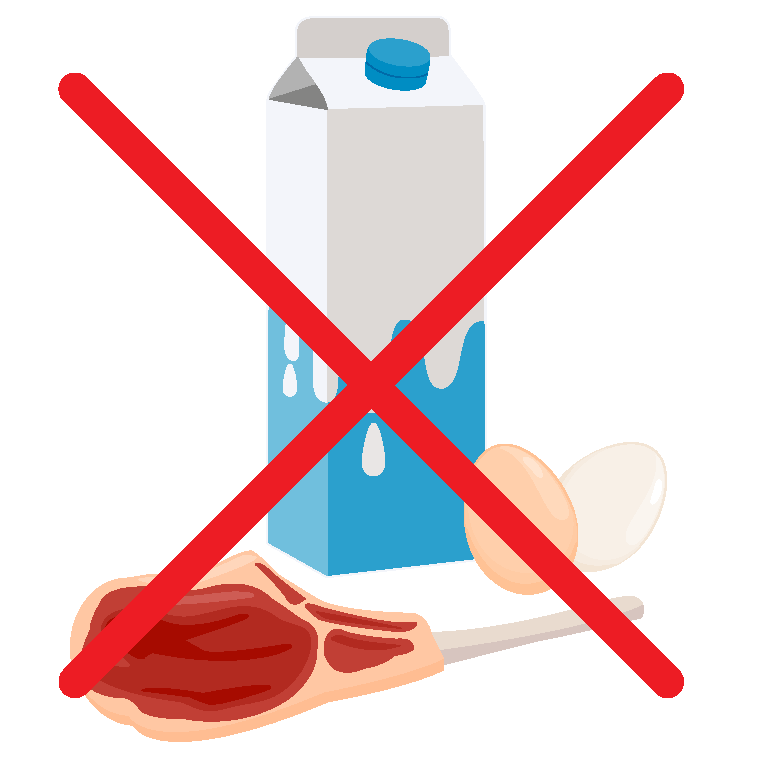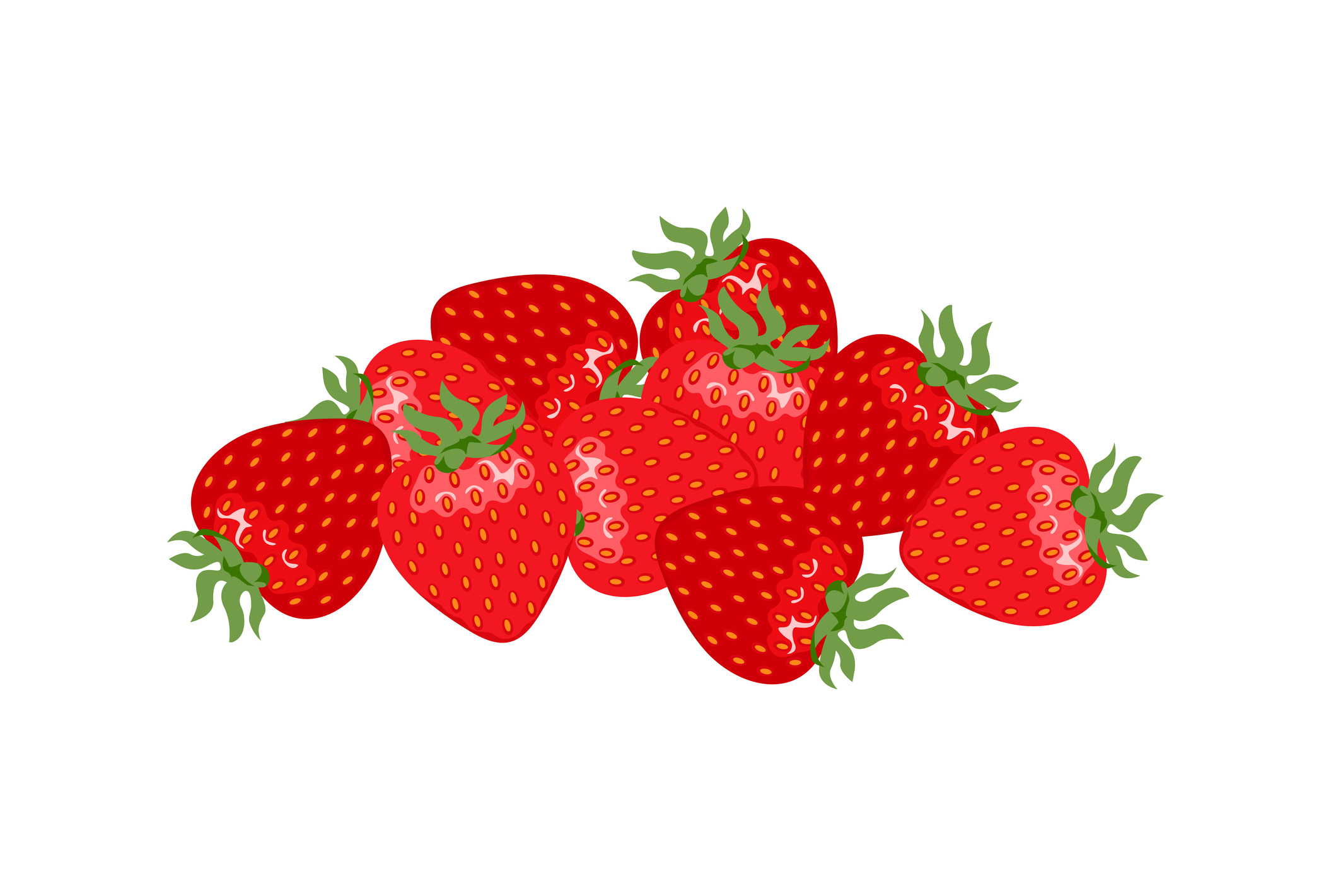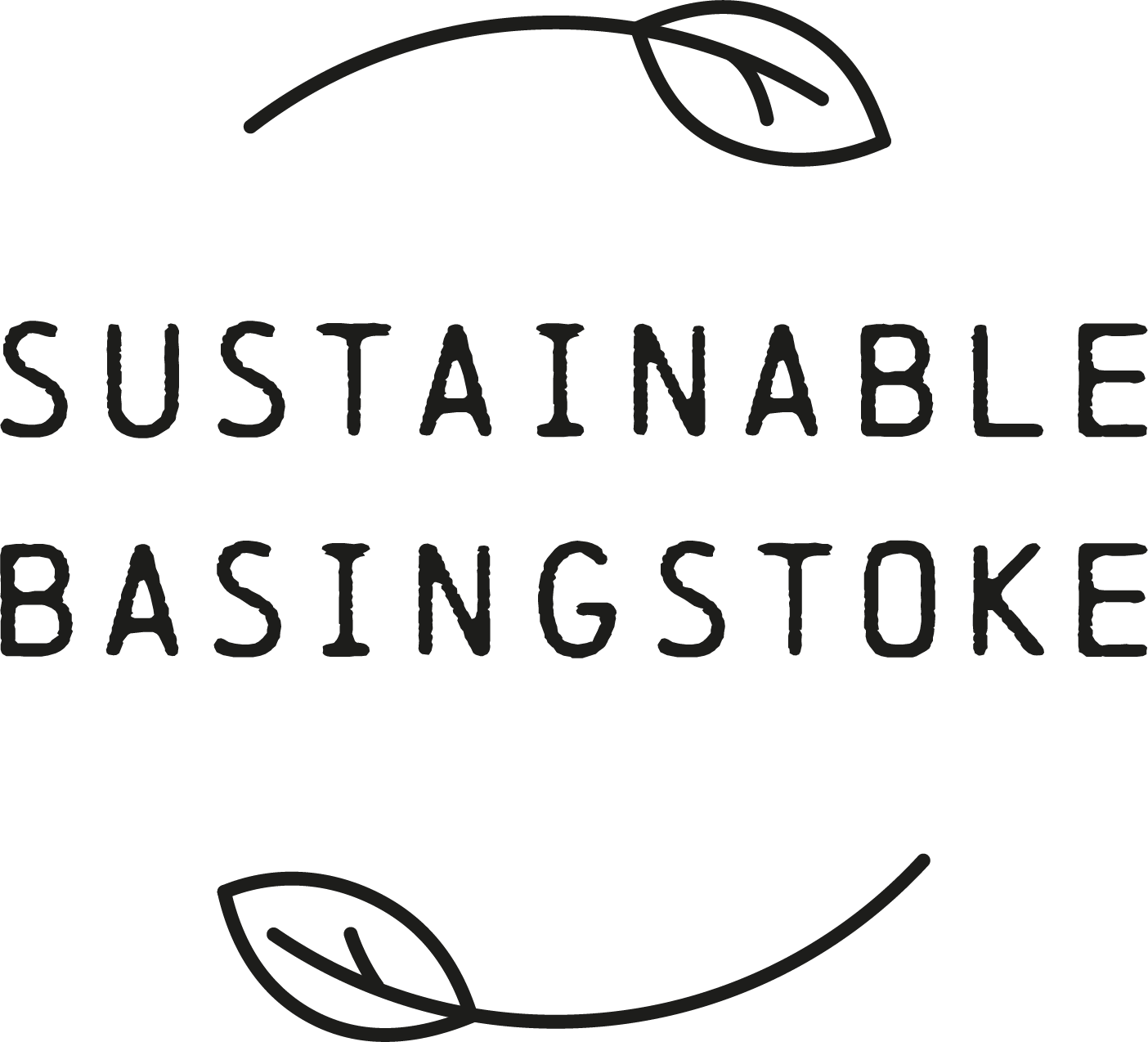What we eat and drink is the second largest part of our emissions, making up more than a fifth of our total footprint. Here are a few ways you can cut that.


Don’t have a cow, man
Compared to other foods, beef, milk and eggs are particularly bad for the climate. Differences in where and how foods are produced can make estimating emissions hard but the website below can help.

Seasoning is important
We’re not criticising your cooking, we promise. But eating food in the same season it’s grown cuts emissions from making and transporting it. Plus, buying food in season is often cheaper too.

Cook creatively
Saves around £700 a year on your food bill.
We all have leftover food at one point or another. In fact, the average family throws out £60 worth of food every month. You can save that money instead by getting creative with your leftovers.

Frozen fruit is fab and seasonal is sensational
The carbon footprint of local, seasonal strawberries, for example, is almost half of frozen strawberries and seven times smaller than out-of-season ones flown to the UK.
Wait until fruit is in season. Or, if you can’t wait, go for frozen. Growing fresh fruit abroad and flying it here to us before it goes off means huge amount of carbon.
Are we missing anything?
